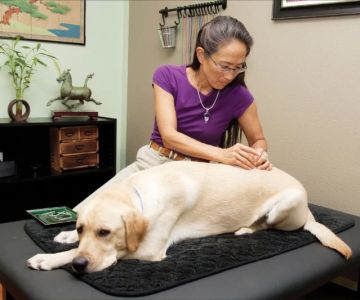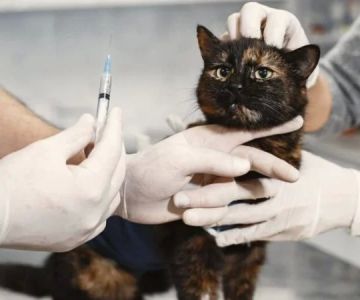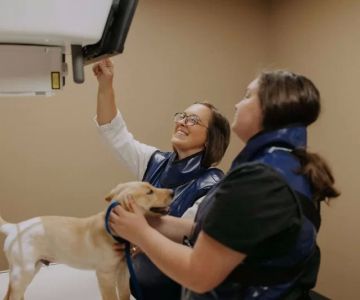What Are the Typical Work Hours for a Veterinarian? Insights and Tips
- 1- Understanding the Veterinarian Work Schedule
- 2- Factors That Affect Veterinarian Working Hours
- 3- Work Hours Based on Veterinary Specialties
- 4- Managing Work-Life Balance as a Veterinarian
- 5- Real-Life Examples of Veterinarian Work Schedules
1. Understanding the Veterinarian Work Schedule
Veterinarian work hours can vary significantly depending on where they work, the type of practice they are in, and the specialty they pursue. Most veterinarians work full-time, with a typical schedule ranging from 40 to 60 hours per week. These hours often include weekends, evenings, and even overnight shifts, especially for veterinarians in emergency or 24-hour animal hospitals. It's important to note that working hours are flexible in some practices, while others may require more rigid schedules due to the nature of their business or client demands.
2. Factors That Affect Veterinarian Working Hours
Several factors can influence the working hours of a veterinarian. These include the size and type of practice (e.g., small animal clinic vs. large animal farm), the geographic location, and the level of specialization. For example, veterinarians in urban areas may have more clients and therefore longer hours, while those in rural settings might have different demands. Additionally, some veterinary practices offer flexible hours or part-time options, while others have on-call shifts for emergencies.
3. Work Hours Based on Veterinary Specialties
The type of veterinary specialty can have a major impact on work hours. General practitioners usually have more regular hours compared to specialists. However, veterinarians working in emergency and critical care often experience longer, irregular hours. Those in animal surgery or orthopedics may have longer procedures and on-call shifts. On the other hand, veterinarians working in research or teaching roles may have more predictable and regular working hours. Understanding the demands of a particular specialty can help in determining whether the career aligns with personal preferences for work-life balance.
4. Managing Work-Life Balance as a Veterinarian
Maintaining a healthy work-life balance is essential for veterinarians, especially given the often demanding and emotional nature of the job. Balancing the long hours with personal life can be challenging, but many veterinarians implement strategies to make it work. Some choose to work in practices with more regular hours, while others may take advantage of time management techniques or flexible scheduling to ensure they have downtime. Communication with employers about personal needs, as well as seeking support from colleagues, is crucial to achieving work-life balance.
5. Real-Life Examples of Veterinarian Work Schedules
To understand what it’s really like, let’s look at a few real-life examples. For instance, Dr. Sarah, a small animal veterinarian in a busy city clinic, works 50 hours a week with two late shifts and one weekend day. Her clinic also handles emergencies, which can sometimes extend her hours unexpectedly. Meanwhile, Dr. John, a rural vet working on large farms, typically works a 9-5 schedule but is occasionally called in for emergencies at night. Each vet’s work-life balance depends on their personal preferences, the type of practice they are in, and the level of flexibility in their job.









